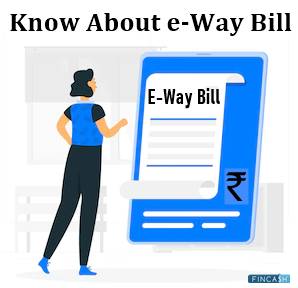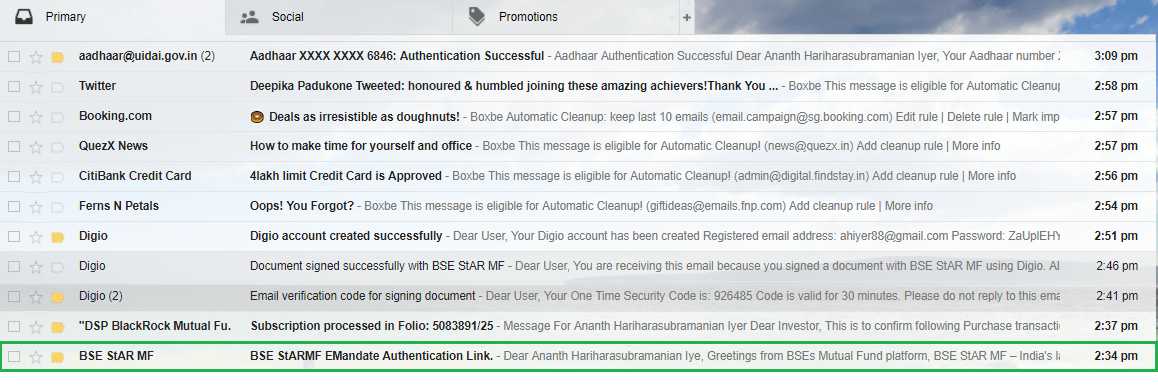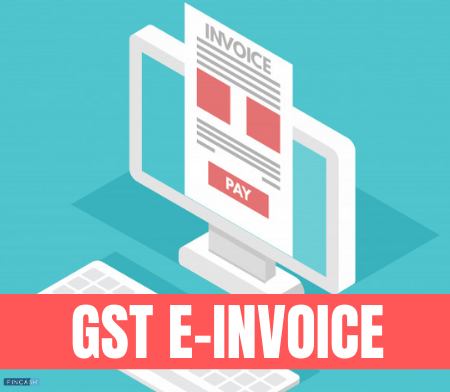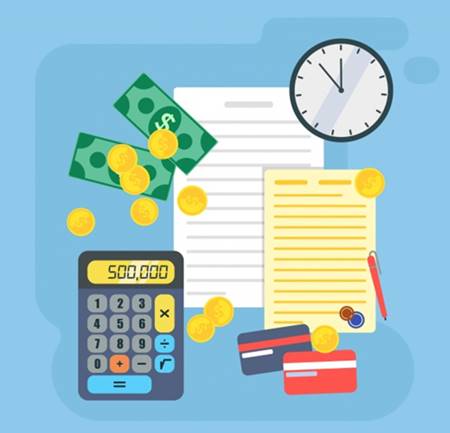
Table of Contents
- E-Way Bill Registration Process for Registered Businesses
- E-Way Bill Registration Process for Unregistered Transporters
- Conclusion
- Frequently Asked Questions (FAQs)
- 1. Is it compulsory for me to register on the e-Way bill portal if I have already done so on the GST e way bill portal?
- 2. What to do if the e-Way bill gateway shows the incorrect address or phone number when I register?
- 3. What is the meaning of a Transporter ID?
- 4. What are the advantages of e-Way bills?
- 5. Is it possible to use a single e-Way bill for several invoices?
- 6. Is an e-Way bill required if the distance is less than 50km?
- 7. Is the e-Way bill required within 10km?
- 8. What is the e-Way bill's minimum limit?
- 9. Is it possible for a registered transporter to generate a charge for less than Rs 50,000?
- 10. Is it possible to verify GST bills using the common e-Way bill portal?
- 11. What is the e-Way bill threshold in Tamil Nadu and Delhi?
- 12. Is there a difference in the rules for e-Way bills from state to state?
- 13. How can one find out the rules for e-Way bills in each state and union territory?
How to Register on E-Way Bill Portal?
Suppliers, beneficiaries, carriers, and tax officers are the four leading players in the e-Way bill. The first three parties get a consignment from point A to point B. At the same time, tax officers make sure the suppliers and the beneficiaries adequately account for the cargo.
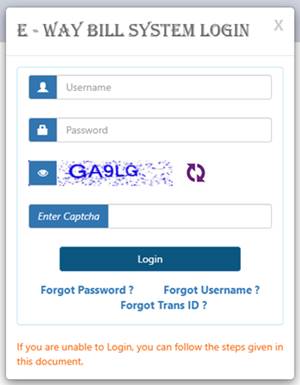
To create e-Way bills, both registered firms and unregistered carriers must complete the registration on the official e-Way bill GST portal, which is now an essential part of moving or exporting goods. Are you confused about how to register on the e-Way bill portal? If yes, this post is meant to help you out. Navigate until the end to understand the entire process in brief.
E-Way Bill Registration Process for Registered Businesses
If you have a registered business, you must keep the Goods and Services Tax Identification Number (GSTIN) and the registered mobile number handy to complete the e-Way bill registration process. And then, follow these steps:
- Go to ewaybill(dot)nic(dot)in to get started
- Hover your cursor on 'Registration' and select 'e-Way Bill Registration' from the drop-down menu
- A new tab will open where you will have to add your GSTIN number along with the code as shown on the screen
- Click Go
- After submitting the request, you will be taken to an e-Way bill registration form
- Your Name, Address, Trade Name, and Mobile Number will be auto-filled in the form
- Click 'Send OTP' option to get the OTP on the registered mobile number and enter it into the given column
- After that, click 'Verify OTP' to validate the details on the e-Way bill gateway
- To work with the newly created account on the e-Way bill site, provide a User ID or Username. Keep in mind that the username should contain between 8-15 alphanumeric characters, along with the special characters. After submitting a request, the e-Way bill portal will check if the specified user ID or username already exists
- Once you have received the green signal, provide a password that should have at least eight characters, including the alphanumeric or special characters. Remember that the password is case-sensitive
- The final registration request is made once the user ID and the password have been checked and accepted. Your registration is now complete
Talk to our investment specialist
E-Way Bill Registration Process for Unregistered Transporters
Being an unregistered taxpayer, it is apparent that you will not have a GSTIN. As a result, you will have to use the alternate method of e-Way bill registration, which is based on business information. So, keep the company's information handy when registering for the e-Way bill. Jotted down below are the steps to register for an e-Way bill without a GSTIN:
- Visit the official website - ewaybill(dot)nic(dot)in – to begin the registration process
- Hover your cursor on 'Registration' and choose 'Enrolment for Transporters' from the drop-down menu
- A new tab will appear that will display the e-Way bill registration form. You will have to enter the information as asked. Some of the mandatory fields are:
- Your state
- Your legal name (as per PAN)
- PAN number
- Type of enrolment
- Constitution of business
- Address
- Login details
- Verification
- Once you have filled the entire form, click 'Save'
- After submitting the form, the e-Way bill site will generate a 15-digit Transporter ID or TRANS ID and the user credentials, completing the e-Way bill registration procedure
- Now you can begin supplying your clients with this 15-digit Transporter ID that can be accessed from the e-Way bill portal
Conclusion
If you are unregistered, the registered receiver to whom the goods are transported must follow the GST Unregistered Supplier E-Way Bill Registration procedure. The registered receiver must also generate the e-Way Bill for the supplier. The receiver is associated with e-Way bill generation rather than the transporter in this scenario. Understanding the entire process of e-Way bill registration for different scenarios is essential to ensure that you are doing it the right way.
Frequently Asked Questions (FAQs)
1. Is it compulsory for me to register on the e-Way bill portal if I have already done so on the GST e way bill portal?
A: Yes, you must re-register with your GSTIN on the e-Way bill page. The site will send you an OTP after submitting your GSTIN, which you can use to generate your username and the password for the e-Way bill system.
2. What to do if the e-Way bill gateway shows the incorrect address or phone number when I register?
A: If you've recently modified your business registration details in the GST Common Portal, you'll get this problem. You can fix it by visiting the e-Way bill portal dashboard and choosing the 'Update from Common Portal' option.
3. What is the meaning of a Transporter ID?
A: If the value of the products exceeds Rs. 50,000, a transporter, even if unregistered, must generate an e-Way bill. As the unregistered transporters lack a GSTIN, authorities have devised the concept of Transporter ID. When producing an e-Way bill, every unregistered transporter must submit the Transporter ID. A transporter receives a unique Transporter ID and username when signing up for the e-Way bill portal.
4. What are the advantages of e-Way bills?
A: This bill is used to determine whether the transported items are GST compliant and trace the products and avoid tax evasion.
5. Is it possible to use a single e-Way bill for several invoices?
A: No, it is not possible. This is because each invoice is considered a single consignment. Also, there is only one e-Way bill for each invoice.
6. Is an e-Way bill required if the distance is less than 50km?
A: If the items are transported inside the same Union Territory or State, in that case, it is not mandatory to provide transportation details within 50km.
7. Is the e-Way bill required within 10km?
A: If a motorised vehicle is not used to convey products, e-Way bills are not necessary. However, if such a vehicle is used, an e-Way invoice is required.
8. What is the e-Way bill's minimum limit?
A: The e-Way invoices have a minimum limit of Rs. 50,000.
9. Is it possible for a registered transporter to generate a charge for less than Rs 50,000?
A: A registered carrier can generate a bill even if the total cost is less than Rs 50,000; however, it is not required.
10. Is it possible to verify GST bills using the common e-Way bill portal?
A: Yes, GST bills can be verified using the single e-Way bill portal.
11. What is the e-Way bill threshold in Tamil Nadu and Delhi?
A: In Tamil Nadu and Delhi, the e-Way bill barrier is Rs 1 lakh.
12. Is there a difference in the rules for e-Way bills from state to state?
A: Yes, the laws differ from one state to the next.
13. How can one find out the rules for e-Way bills in each state and union territory?
A: To verify the rules of e-Way bills, go to the commercial websites of the individual states and union territories.
All efforts have been made to ensure the information provided here is accurate. However, no guarantees are made regarding correctness of data. Please verify with scheme information document before making any investment.

